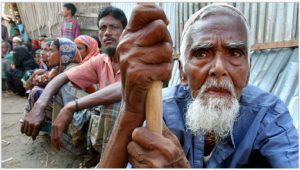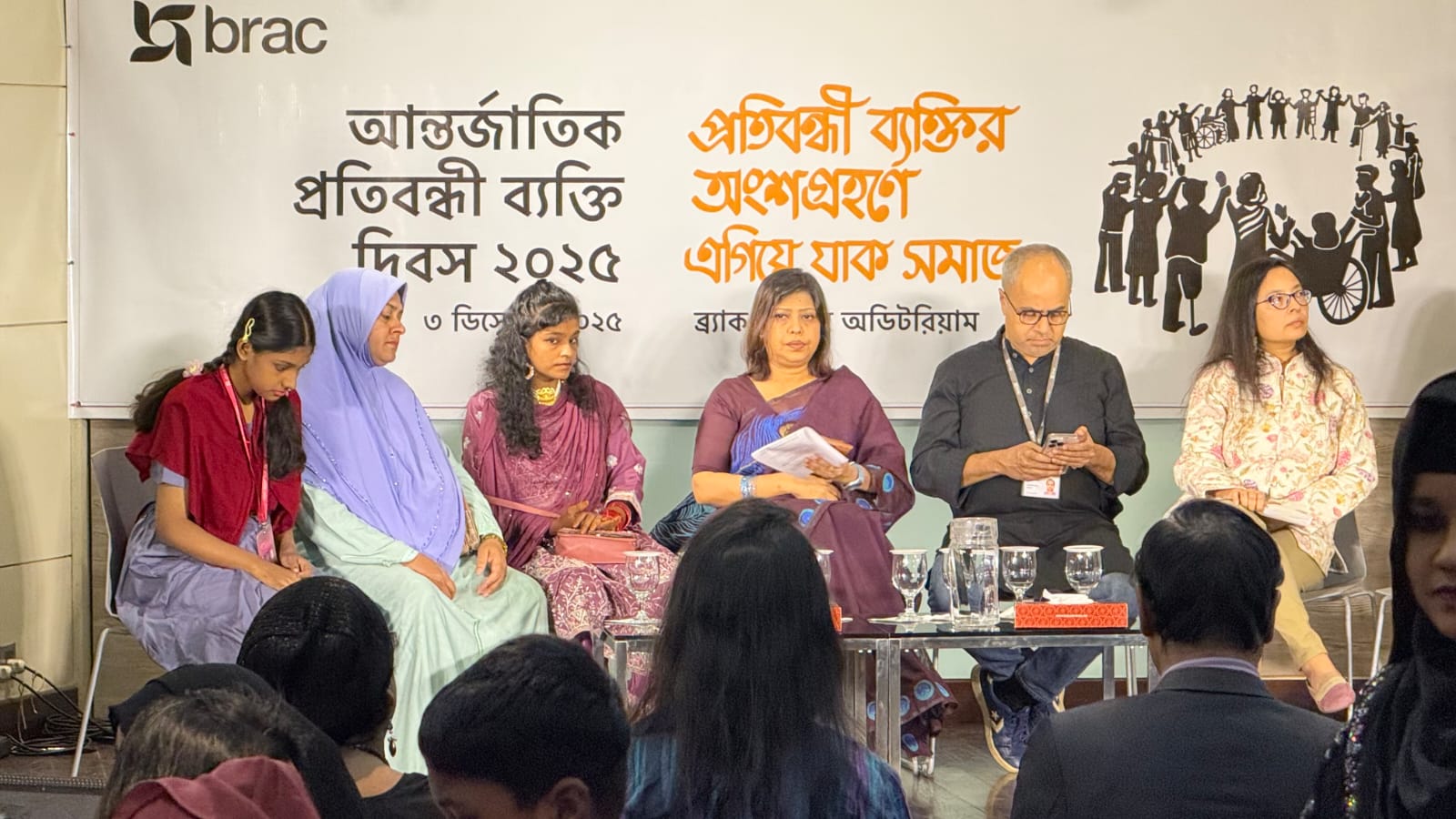The Impact of Recent Medicine Price Hikes on Vulnerable Populations in Bangladesh

Over the past three months, Bangladesh has witnessed a significant escalation in medicine prices, with increases ranging from 20% to 67%. This surge encompasses essential medications such as antibiotics, insulin, painkillers, and treatments for chronic conditions like diabetes and hypertension. For instance, Square Pharmaceuticals’ Terax-10 tablet, used for post-surgical pain, rose from Tk 12 to Tk 20 per piece—a 66.67% increase. Similarly, the price of Camlosert tablets for blood pressure control increased from Tk 100 to Tk 120 per pack, marking a 20% hike .
These abrupt price hikes have led to a 50% increase in average medical treatment expenditures within a short span, imposing a substantial financial burden on patients
Impact on Vulnerable Populations
Lower-Income and Lower-Middle-Class Families
For families already grappling with rising costs of daily necessities, the additional strain of increased medicine prices is overwhelming. Many must choose between purchasing essential medications and meeting other basic needs. The lack of bargaining power in medicine purchases exacerbates their plight, as these are non-negotiable, life-saving commodities.

Elderly Individuals with Limited Income Sources
Older adults are disproportionately affected, particularly those without pensions or health insurance. Relying heavily on medications for chronic conditions, they face increased out-of-pocket expenses, leading to potential non-adherence to treatment regimens. This not only jeopardizes their health but also places additional emotional and financial stress on their families.
Contributing Factors
Several elements have contributed to the recent surge in medicine prices:
- Global Raw Material Costs: An increase in the price of raw materials in the global market has raised pharmaceutical companies’ production costs.
- Currency Depreciation: The depreciation of the Bangladeshi taka against the dollar has made imports more expensive, impacting the cost of medicine production.
- Regulatory Oversight: Despite the Directorate General of Drug Administration (DGDA) setting prices for 117 essential drugs, over 27,000 brands are produced, many of which fall outside stringent price controls. This has allowed some manufacturers to increase prices arbitraryally.

Public Health Implications
The unchecked rise in medicine prices poses significant risks to public health:
- Treatment Non-Adherence: Patients may skip doses or discontinue medications due to cost, leading to disease progression and complications.
- Increased Healthcare Costs: Non-adherence can result in hospitalizations and more intensive treatments, escalating overall healthcare expenditures.
- Mental Health Strain: The financial stress associated with affording medications can lead to anxiety and depression among patients and their families.
Recommendations
To mitigate the adverse effects of rising medicine prices, the following measures are recommended:
Strengthen Regulatory Mechanisms: Enhance the DGDA’s capacity to monitor and regulate medicine prices effectively, ensuring transparency and accountability.
Expand Price Controls: Increase the number of essential drugs under government price regulation to prevent arbitrary pricing.
Promote Generic Medicines: Encourage using cost-effective generic alternatives through physician prescriptions and public awareness campaigns.
Subsidize Essential Medications: Implement subsidy programs for low-income and elderly populations to ensure treatment access.
Enhance Local Production: Invest in local pharmaceutical manufacturing to reduce dependency on imported raw materials and stabilize prices.

Conclusion
The recent escalation in medicine prices in Bangladesh has placed a disproportionate burden on lower-income families and the elderly, threatening public health and exacerbating socioeconomic disparities. Immediate and coordinated actions by regulatory authorities, healthcare providers, and policymakers are essential to ensure equitable access to critical medicines and safeguard the well-being of vulnerable populations.






















